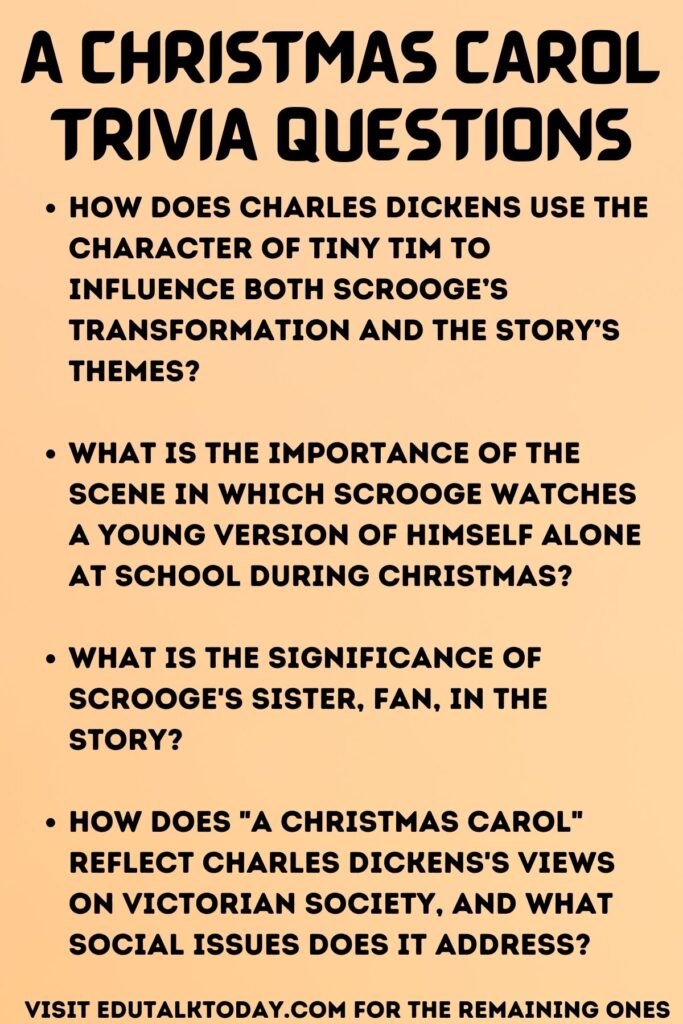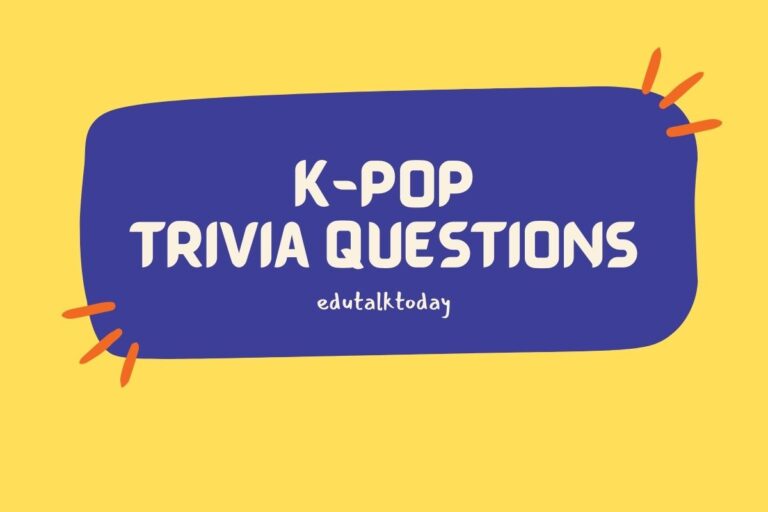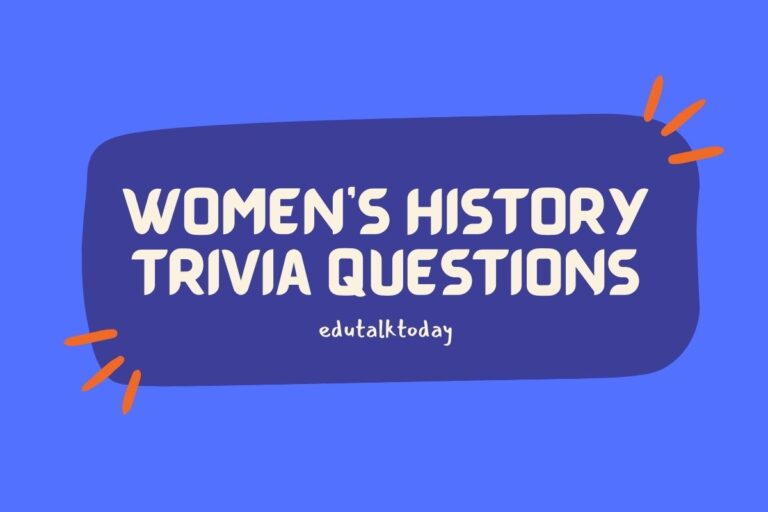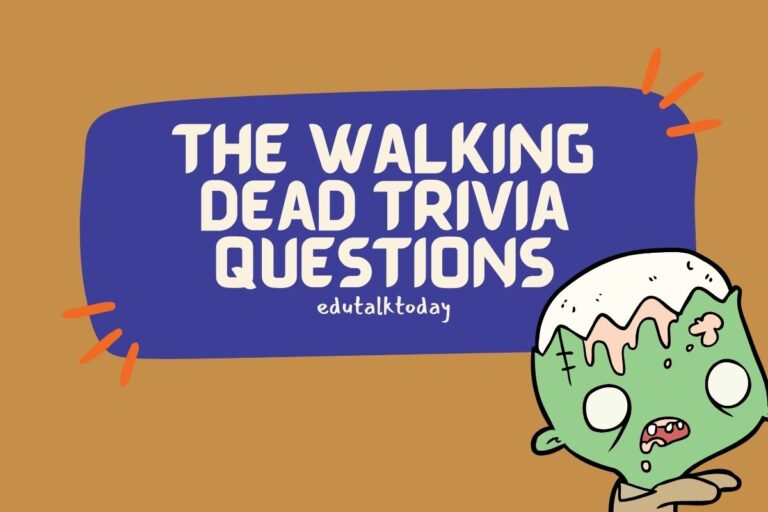26 A Christmas Carol Trivia Questions | Charles Dickens
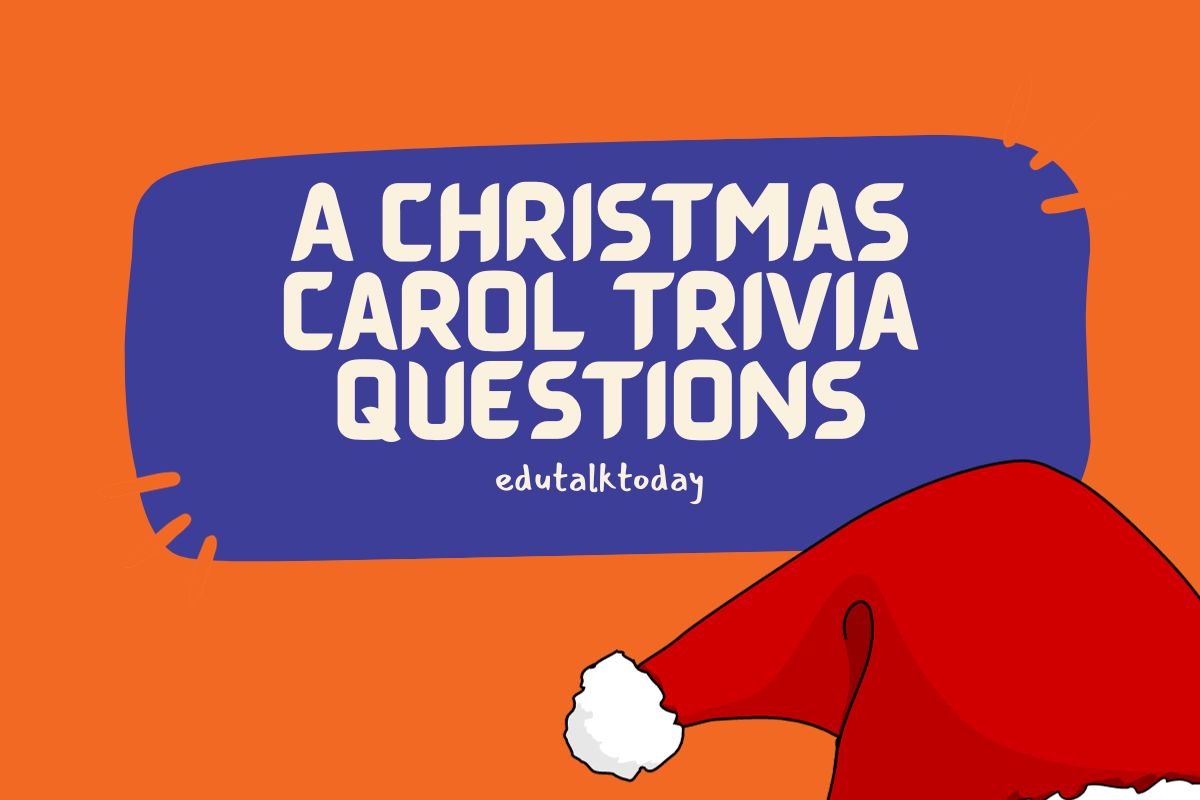
“A Christmas Carol” by Charles Dickens is a timeless holiday classic that has captured the hearts of readers and audiences for generations.
The story of Ebenezer Scrooge’s transformation from a miserly, cold-hearted man to a kind and generous soul has become synonymous with the spirit of Christmas.
If you’re a fan of this beloved tale, why not test your knowledge with these questions?
Whether you’re preparing for a festive quiz night or simply want to impress your friends and family with your knowledge of this holiday favorite, these questions will definitely challenge your memory and understanding of the story.
A Christmas Carol Trivia Questions
- What is the full name of the main character in “A Christmas Carol,” and how is his personality described at the beginning of the story?
- In “A Christmas Carol,” who is Jacob Marley, and what is his significance to the plot and the main character’s transformation?
- Describe the appearance and symbolic meaning of the Ghost of Christmas Past in “A Christmas Carol.”
- What are the key scenes that the Ghost of Christmas Present shows to Scrooge, and how do these scenes impact Scrooge’s character development?
- In “A Christmas Carol,” how is the Ghost of Christmas Yet to Come depicted, and what are the significant scenes it shows to Scrooge?
- How does Charles Dickens use the character of Tiny Tim to influence both Scrooge’s transformation and the story’s themes?
- Discuss the role of London as a setting in “A Christmas Carol.” How does Dickens use the city to enhance the story’s themes?
- What is the final outcome for Scrooge at the end of “A Christmas Carol,” and how does his transformation reflect the book’s central themes?
- What are the first words spoken by Marley’s ghost to Scrooge, and what is the significance of this dialogue?
- Describe the significance of Scrooge’s nephew, Fred, in the story. How does his character contrast with Scrooge’s?
- What is the symbolic meaning of the two children, Ignorance and Want, who are revealed by the Ghost of Christmas Present?
- How does Dickens portray the Cratchit family, and what role do they play in influencing Scrooge’s transformation?
- What is the importance of the scene in which Scrooge watches a young version of himself alone at school during Christmas?
- Discuss the representation of time in “A Christmas Carol.” How does Dickens use the concept of time to enhance the story’s themes?
- How does the theme of social injustice manifest in “A Christmas Carol”?
- What does Scrooge’s clerk, Bob Cratchit, symbolize in the novel?
- At the end of the story, what changes does Scrooge make in his life, and how do these changes affect those around him?
- What is the significance of Scrooge’s exclamation “Bah! Humbug!” and how does it encapsulate his attitude towards Christmas at the beginning of the story?
- In the novel, what is the reason given for Marley’s ghost being doomed to wander the Earth, and how does this relate to Scrooge’s life?
- What are the specific conditions of Scrooge’s workplace, and how do they reflect his character and social views before his transformation?
- How does the novel portray the theme of isolation, particularly in relation to Scrooge’s character?
- Describe the character Fezziwig and his influence on young Scrooge. How does Dickens use this character to contrast with Scrooge’s behavior as an employer?
- What is the significance of Scrooge’s sister, Fan, in the story?
- How does the narrative structure of “A Christmas Carol” contribute to its effectiveness as a moral tale?
- What role does the setting of Christmas play in the novel’s exploration of its themes?
- How does “A Christmas Carol” reflect Charles Dickens’s views on Victorian society, and what social issues does it address?
Answers
- The main character is Ebenezer Scrooge, initially described as a miserly, cold-hearted, and unsympathetic old man who despises Christmas and all forms of happiness and generosity.
- Jacob Marley is Scrooge’s deceased business partner. Marley’s ghost visits Scrooge to warn him about the consequences of living a life of greed and selfishness, setting the stage for Scrooge’s redemption.
- The Ghost of Christmas Past is depicted as a mystical, androgynous figure emitting light, symbolizing the illumination of Scrooge’s past. This ghost takes Scrooge on a journey through his own past, highlighting moments that shaped his current miserly demeanor.
- The Ghost of Christmas Present shows Scrooge various scenes of joy and hardship during the Christmas season, including the Cratchit family’s modest celebration. These scenes are crucial in making Scrooge realize the value of kindness and the harsh realities faced by those less fortunate.
- The Ghost of Christmas Yet to Come is portrayed as a foreboding, silent figure, shrouded in black. It shows Scrooge scenes of his own death and the impact (or lack thereof) of his demise on others, leading him to deeply reconsider the course of his life.
- Tiny Tim, the crippled son of Bob Cratchit, represents innocence and the harsh effects of societal neglect. His plight and enduring positivity play a significant role in softening Scrooge’s heart and highlighting the novel’s themes of compassion and the importance of caring for the vulnerable.
- Dickens uses the setting of Victorian London to highlight the disparities between the wealthy and the poor. The city’s foggy, cold, and grim environment mirrors Scrooge’s moral journey and the widespread need for social reform and human kindness.
- By the end, Scrooge undergoes a profound transformation, becoming a generous, kind-hearted man who embodies the spirit of Christmas. This change reflects the novel’s themes of redemption, the possibility of moral awakening, and the power of compassion and empathy.
- Marley’s ghost initially utters “Scrooge!” followed by “Ebenezer Scrooge!” This dialogue is significant as it establishes the supernatural element of the story and marks the beginning of Scrooge’s journey towards self-awareness and redemption.
- Fred, Scrooge’s cheerful and optimistic nephew, represents the antithesis of Scrooge’s character. His kindness, generosity, and love for Christmas contrast sharply with Scrooge’s initial miserliness and disdain for the holiday, underscoring the novel’s themes of generosity and goodwill.
- Ignorance and Want represent society’s neglect of the poor and uneducated children. They symbolize the dangers of societal indifference and the potential consequences of ignoring the plight of the impoverished.
- The Cratchit family, despite their poverty, is portrayed with warmth, love, and happiness. Their contentment and good spirits in the face of hardship profoundly affect Scrooge, especially Tiny Tim’s plight, helping to inspire his transformation.
- This scene of young Scrooge alone at school during Christmas highlights the loneliness and neglect he experienced in his youth, providing insight into the origins of his cold-heartedness and emphasizing the novel’s theme of empathy and compassion.
- Dickens uses the passage of time creatively, with the story spanning Scrooge’s past, present, and future. This portrayal emphasizes the transient nature of life and the urgency of embracing change and redemption before it’s too late.
- Social injustice is a central theme in the novel, with Dickens highlighting the vast disparities between the rich and the poor. He uses Scrooge’s transformation to criticize the lack of social responsibility among the wealthy and advocate for compassion towards the less fortunate.
- Bob Cratchit symbolizes the struggling but optimistic working class of Victorian England. His character embodies patience, kindness, and familial devotion, serving as a moral contrast to Scrooge’s initial character.
- Scrooge becomes generous and kind, offering raises to Cratchit, donating to charity, and embracing the Christmas spirit. These changes positively impact those around him, particularly the Cratchit family, and symbolize the broader social and personal benefits of generosity and empathy.
- “Bah! Humbug!” reflects Scrooge’s cynicism and disdain for Christmas and the joy and generosity associated with it. This exclamation symbolizes his skeptical and miserly outlook on life at the story’s outset.
- Marley’s ghost is doomed to wander the Earth as punishment for his greedy and selfish life, similar to Scrooge’s lifestyle. This serves as a warning to Scrooge about the consequences of his actions and the potential fate awaiting him if he doesn’t change.
- Scrooge’s workplace is cold, sparse, and unwelcoming, reflecting his miserly, uncaring nature. It symbolizes his indifference to the comfort and well-being of others, particularly his clerk, Bob Cratchit.
- The novel portrays Scrooge as a lonely figure, isolated by his own bitterness and greed. This theme of isolation is used to demonstrate the consequences of a life devoid of kindness, compassion, and social connection.
- Fezziwig is Scrooge’s former employer, depicted as a kind-hearted and generous man. He represents a stark contrast to Scrooge’s own conduct as an employer, highlighting the positive impact that kindness and generosity can have on others.
- Fan, Scrooge’s sister, represents purity and love in his youth. Her presence in his memories serves to remind Scrooge of a time when he was more innocent and capable of affection, influencing his eventual transformation.
- The structure, divided into five staves (chapters), mirrors the progression of a musical piece, enhancing the story’s rhythm and flow. This format effectively guides the reader through Scrooge’s transformation in a clear, compelling manner.
- The Christmas setting is crucial, symbolizing renewal, hope, and goodwill. It provides a backdrop against which Scrooge’s transformation from a cold-hearted miser to a benevolent figure is made even more poignant and impactful.
- The novel reflects Dickens’s views on the neglect of the poor and the need for social reform in Victorian society. It addresses issues like poverty, inequality, and the importance of compassion and community spirit, urging readers to acknowledge and act upon social injustices.
